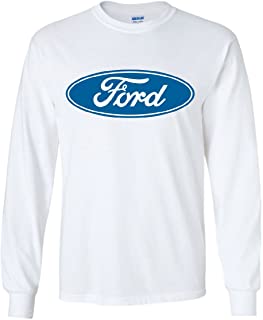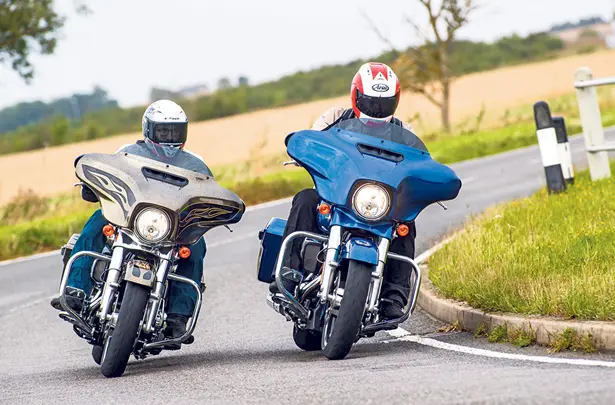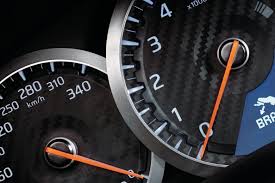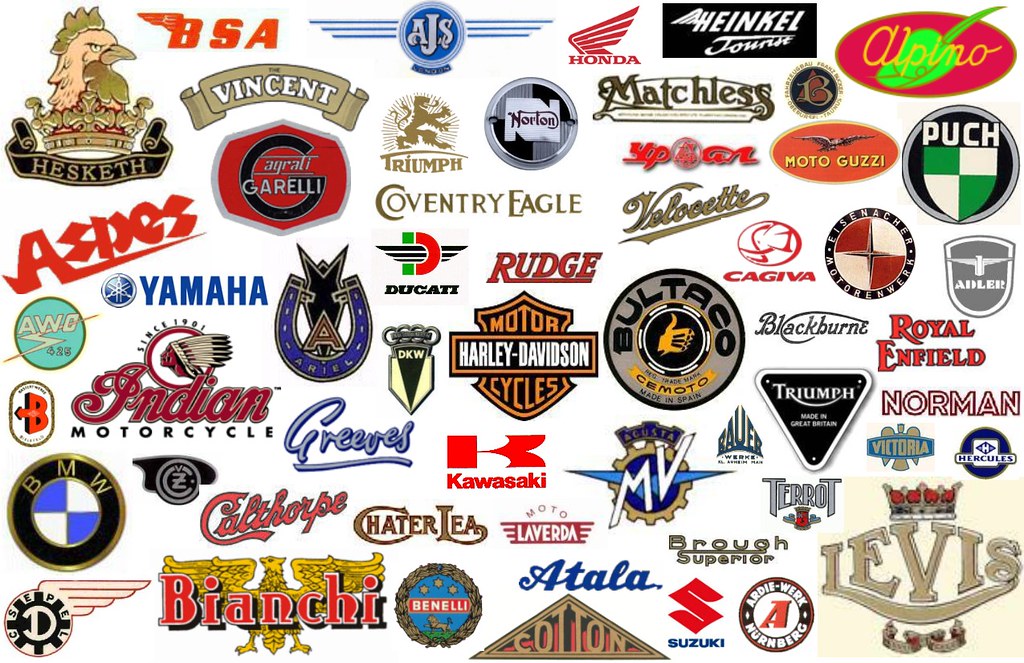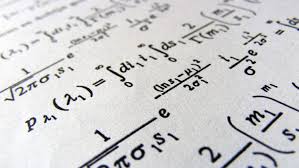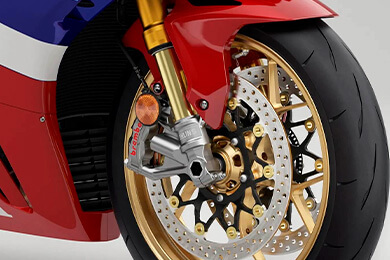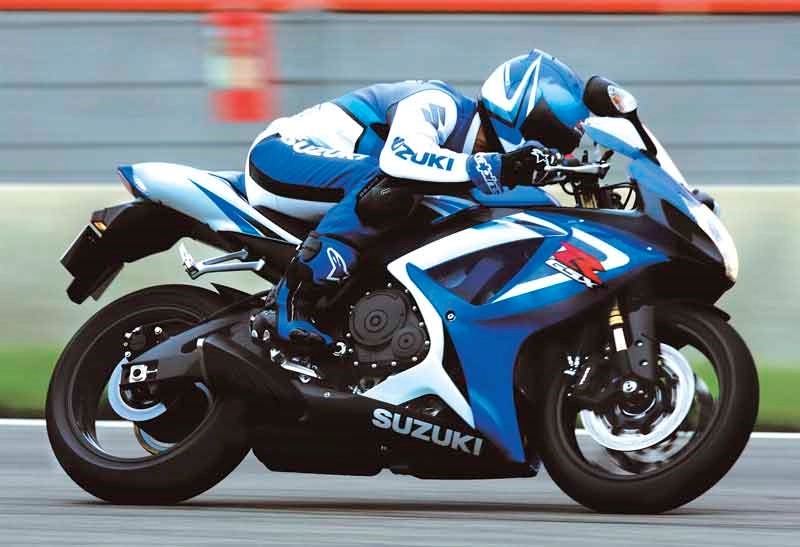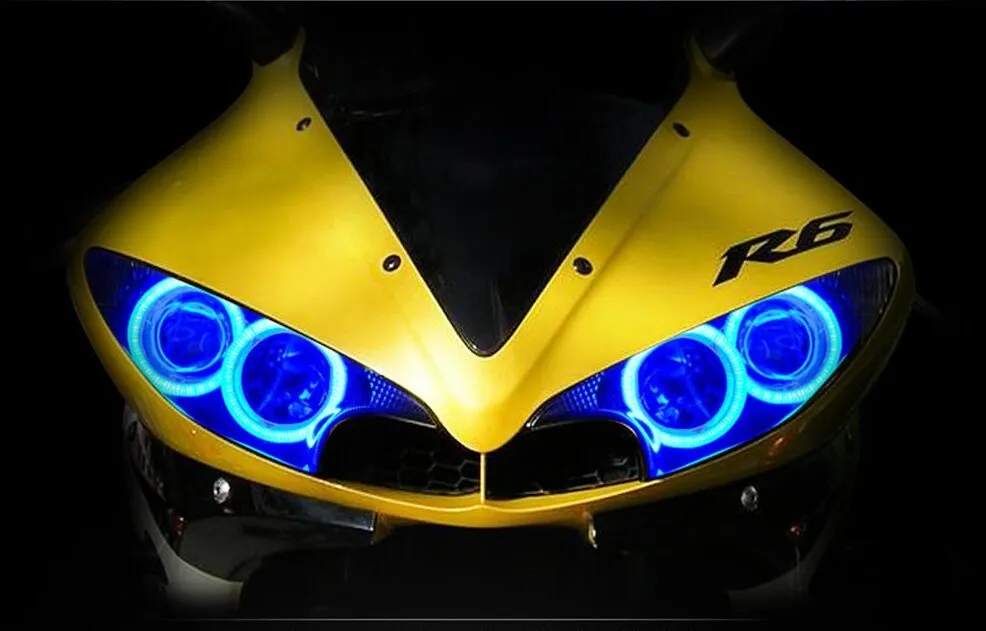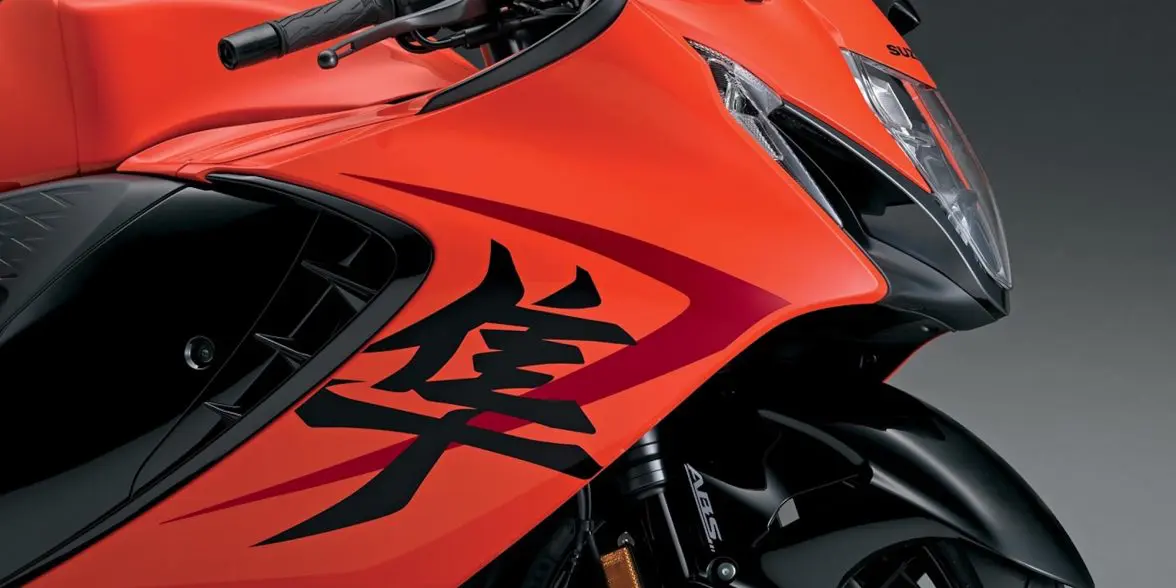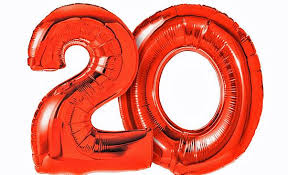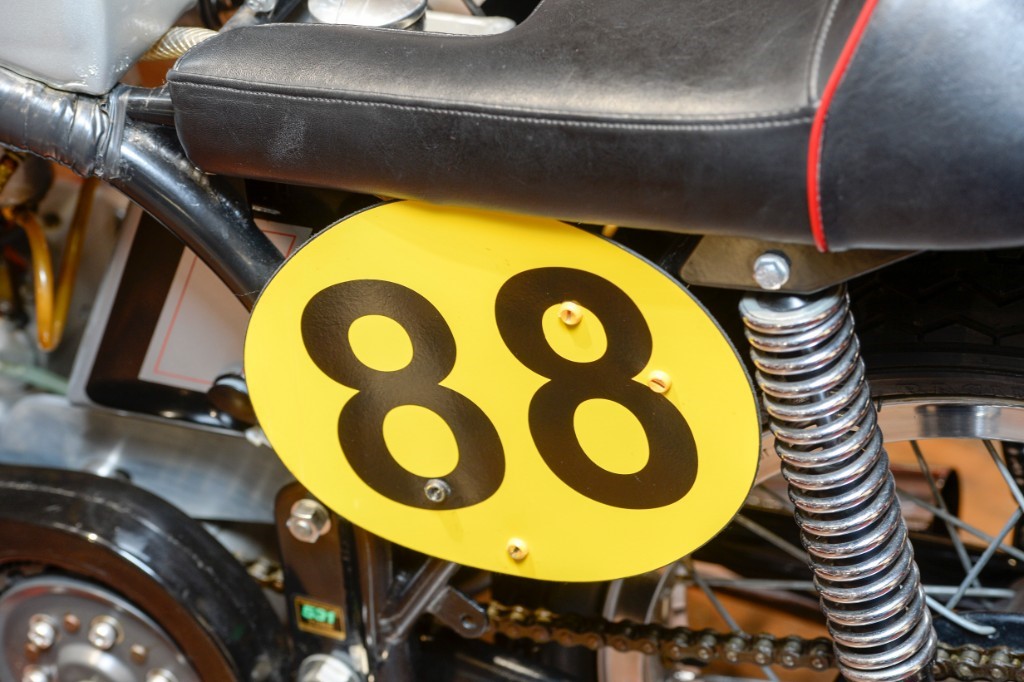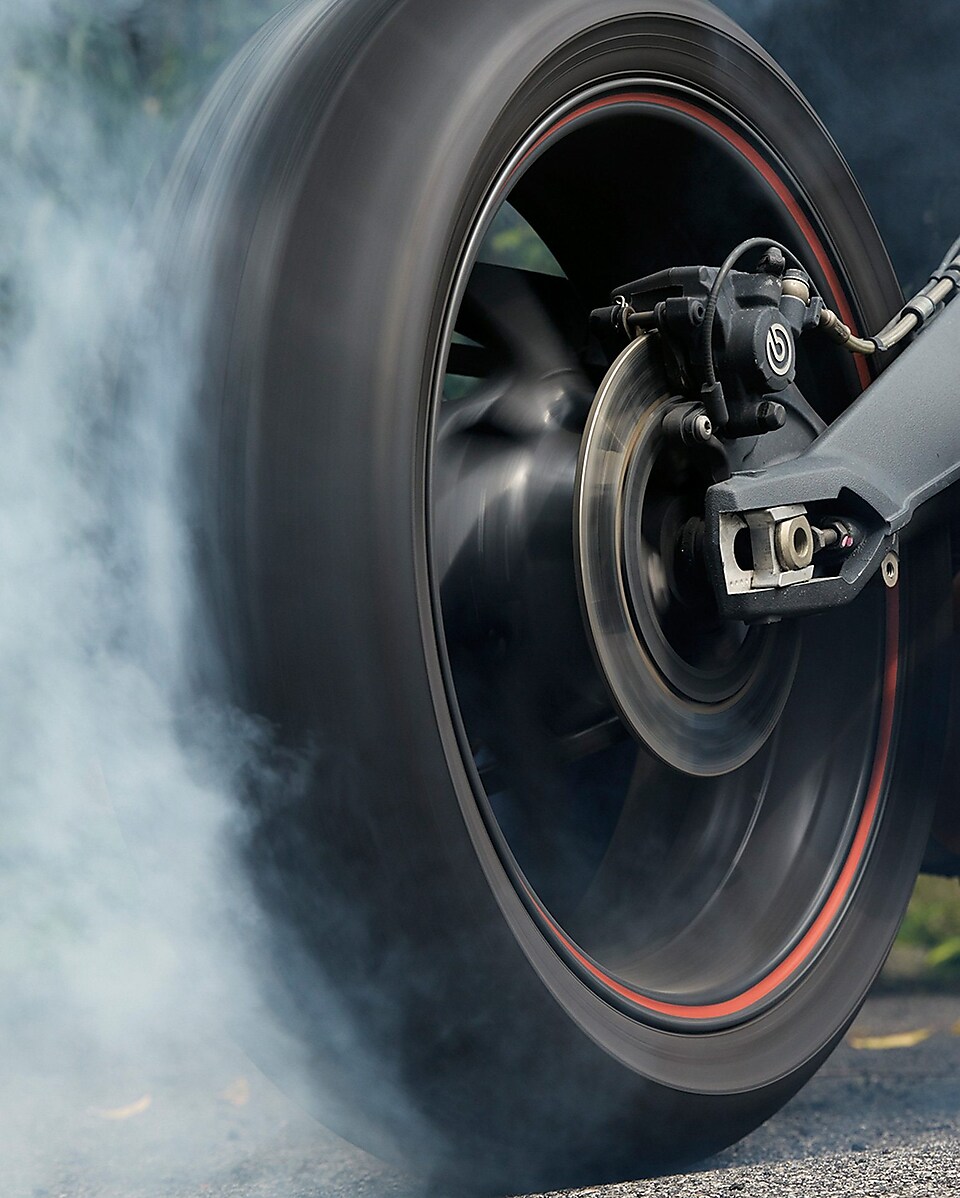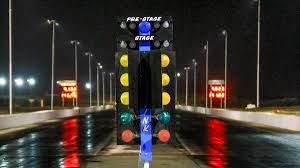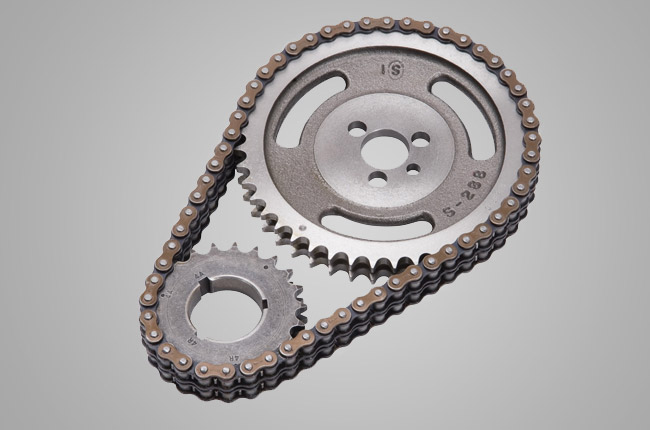


This edition of the Honda CBR 1000 F is the 6 speed | Manual version and was first brought out in 1993. This was at around the same time as the introduction of the 1994 Suzuki RGV 250 V-Twin and the 1993 Suzuki RGV 250 SP.This particular Honda CBR 1000 has a 998cc Liquid cooled, Two stroke, V4 Petrol powerplant with 4 cylinders and Carburettor.
The 1993 CBR 1000 shares its V4 engine and Sport-Touring style configuration with the likes of the 2025 Yamaha Tracer 9 GT and the 2020 Yamaha MXT 850 Niken. Alternatively, if you're looking for other bikes which share the CBR 1000's Sport-Touring style with a similar size of engine then how about the 2025 Yamaha Tracer 9 GT | 2025cc.2020 Yamaha MXT 850 Niken | 2020cc.
Weighing in at 0 kgs (0 lbs) this makes the Honda CBR 1000 F in the same weight category as the 2025 Yamaha Tracer 9 GT or the 2025 Yamaha Tracer 9 GT+, give or take 50kg.
In terms of power the 998cc 16 valve V4 4 cylinder engine produces 132 bhp (98 kW) @ 9500 rpm similar to the 2025 Yamaha Tracer 9 GT [119 bhp (88 kW) @ 10000 rpm] or the 2025 Yamaha Tracer 9 GT+ [119 bhp (88 kW) @ 10000 rpm].
The DOHC Two stroke unit throws out torque of 76.6 lb-ft (103.9 Nm) @ 8500 rpm placing it alongside motorbikes of similar performance figures such as the 2025 Yamaha Tracer 9 GT [68.5 lb-ft (93.0 Nm) @ 7000 rpm] and the 2025 Yamaha Tracer 9 Triple [68.5 lb-ft (93.0 Nm) @ 7000 rpm].
If one combines the weight with power or torque performance for the Honda CBR 1000 you can get a better idea of it's real world performance.
The 1993 Honda CBR 1000 F has a Power to weight ratio of 523.8 bhp per ton and 304.3 lb-ft per ton. Bhp Per Ton figures of the 1993 CBR 1000 competing with the 2025 Yamaha Tracer 9 Triple [543.3 bhp\ton] and the 1985 Suzuki RG 500 Gamma [542.8 bhp\ton].
If you agree with the late great Carroll Shelby, then arguably an even better indicator of potential performance is Torque. Factor weight into the equation and you end up with - Torque per ton, with the Honda CBR 1000 generating around 304.3 lb-ft per ton. If you're curious as to what other motorbikes have as much torque to weight then look no further than the 1995 Suzuki RF 900 R S2 [328.4 lb-ft per ton] and the 1994 Suzuki RF 900 R [328.4 lb-ft per ton].
With a 0-60mph time of 7.1 secs or a 0-100km/h (0-62mph) of 7.2 secs, this makes the Honda CBR 1000 F similar in acceleration to the 2019 Kawasaki Z 900 RS (7.1 secs) and the 2018 Kawasaki Z 900 RS (7.1 secs). This Honda CBR 1000 F also competes in terms of 0-60 mph and 0-100km/h with the 2018 Honda CB 250 R Neo Sports Cafe (0.0 secs) and the 2020 Norton Superlight SS (0.4 secs).
When talking about the performance of the 1993 Honda CBR 1000 F on the drag strip it can reach a quarter mile in an estimated 0 secs @ 0 mph. Bikes with a similar performance down the quarter mile can be found in the 1985 Suzuki SX 200 R (0 secs) and the 2001 Suzuki Boulevard - Intruder C800 (0 secs).
The 1993 version of the Honda CBR 1000 F has a maximum speed of 164mph.
If maxing out your bike on the AutoBahn is your thing and you're wondering what's faster at the top end than the 1993 Honda CBR 1000 F then how about a 2021 Kawasaki Z H2 1000 SE (175 mph) and the 2020 Kawasaki Z H2 1000 (175 mph).




